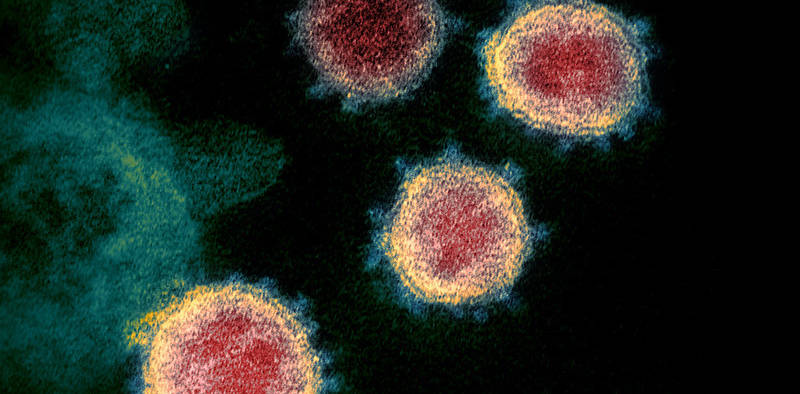How COVID-19 Teaches Us To Spot Facts And Fictions on Social Media

Research from the Massachusetts Institute of Technology found that accurate news pieces take six times longer to reach 1,500 Twitter users than misleading information.
The novel Coronavirus (COVID-19) outbreak has sparked global panic as the new strain of the disease has killed more than 8,000 globally. However, widespread misinformation shared on social media platforms has spread even more quickly than the virus itself. As a consequence, people often trust fake news more than fact-based reporting.
The World Health Organization (WHO) is cooperating with social media networks such as Twitter, Facebook, Tencent, and Tik Tok to prevent the circulation of misinformation related to the outbreak that has infected more than 200,000 people worldwide.
Misinformation on COVID-19 has also provided valuable lessons to social media users on how to distinguish facts and false information before sharing. Additionally, not all people have adequate knowledge to differentiate between reliable and fake sources.
Fake news is flying faster thanks to the role of social media
Research from the Massachusetts Institute of Technology in 2018 found that false news on Twitter spreads more than fact-based news due to human actions rather than bot sharing. The study also found that accurate news pieces take six times longer to reach 1,500 Twitter users than misleading information.
The rise in the number of social media users has contributed to the quick circulation of fake news. In 2017, there were 2.48 billion social media users. It is expected that the number of social media users in the U.S. alone will reach 257.4 million in 2023, Statista figure showed.
According to Brandwatch, there is a total of 1.3 billion Twitter accounts, and there are 500 million tweets posted each day, meaning 6,000 tweets sent every second.
Content engagement of hoax news on the COVID-19 pandemic is 142 times higher than that of official resources such as the U.S Center for Disease Control and Prevention (CDC), Newsguard, New York-based service that rates media credibility said.
Posts from the CDC and the WHO gained only 364,483 “engagements,” or shares, likes, and comments on social media in more than the last 90 days. While in the same period 76 fake websites that published fraudulent news pieces received more than 50 million engagement.
People tend to trust and share false information based on sensational titles without reading it thoroughly and understanding the context. The claim that the new Coronavirus might have been from the leaked bioweapon lab in Wuhan was once one of the most shared contents on social media. The statement came from a former Israeli military intelligence officer, who also admitted that there was no evidence on that, only an assumption.
Ironically, social media users tended to cut his statement and believed that the virus was human-made. The latest study from Scripps Research proved that the virus was from natural evolution, debunking the misinformation about the origin of the virus.
How to fact-check and differentiate between real and the fake news?
One of the easiest ways to spot false information is that the data is full of tendencies and bias. Also, no credible source or evidence is included to support the claim.
Therefore, internet literacy is necessary to avoid chaos and panic amid the unpredictable situation like the COVID-19 outbreak. People should use critical thinking to question whether or not they trust the news.
“Wanting to believe or disbelieve a piece of information is the single best sign that you need to check something out before proceeding. If you’ve identified that ‘want,’ you should have a go-to process for what you do next. Rather than focus on your opinion of the source itself (‘I trust The New York Times’), which can also fall into that ‘want’ trap, try thinking about what makes the information itself trustworthy,” said Bob Britten, teaching associate professor, WVU Reed College of Media, Newswise reported.
Fact-checking ability is needed in the era of information technology as hoax news can be more lethal than the illness itself. Checking the news before sharing it can save millions of lives.
















What? The great American electorate engaging in critical thinking? That’s good one! Keep in mind the omnipresent bell-shaped curve, where the overwhelming majority are forever trapped under the dome of gross ignorance, a general incapacity to discriminate truth from fiction, and the overriding impulses of herd mentality.
“The men the American people admire most extravagantly are the most daring liars; the men they detest most violently are those who try to tell them the truth.” — HL Mencken